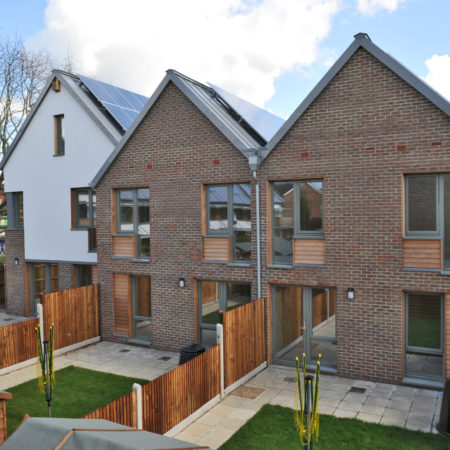What Happens To Social Homes That Cannot Meet Net Zero Carbon?
Social housing makes up 17% of the UK’s housing stock, amounting to around 4.5 million homes. The majority of these will need a deep retrofit programme to meet net zero carbon standards by 2050. It is estimated that, across all sectors, 80% of the homes that will exist in 2050 already exist.
In reality, there will be many social homes that won’t be technically or economically viable to retrofit to achieve the desired performance. Those homes will need to be replaced, which raises the questions of when and what by?
The replacement of social housing that cannot be retrofitted economically will add to the scale of the UK’s house building needs. This task is already considerable. And it would seem illogical to replace a home that cannot be upgraded to net zero carbon standards with a new home that can’t easily meet that level of performance.
Fuel Poverty and Priorities
As for when homes should be replaced, there’s an argument for acting sooner rather than later. Homes, where retrofit is most difficult and expensive, are also likely to be the ones that are hardest to heat. Residents in these homes will be at risk of fuel poverty and should, perhaps, be a priority.
Low Energy Homes
Net carbon zero is a balance in which the energy needs of the house are met entirely from renewable sources. Making new homes as energy efficient as possible simplifies the task of achieving this balance.
The good news is that we know how to build low energy homes cost-effectively using Modern Methods of Construction (MMC). And as we grow the capacity to build more of these homes the costs will continue to fall.
Osborne’s Systemised Housing is a practical solution to the challenge of building sustainable social housing at scale and to a high standard.
We have the technology and the expertise. So it seems that there isn’t much other than inertia and tradition standing in the way of ensuring that every new social home being built meets high standards of energy efficiency. Once you have a low energy home, it’s then a relatively simple task to install renewable energy systems to achieve the zero carbon balance. To find out more, visit our Zero Carbon Housing resource centre by clicking the button below.

